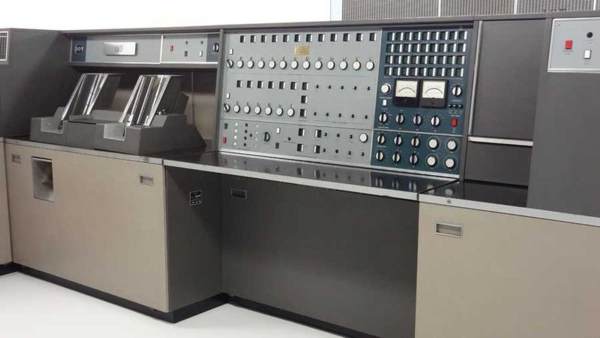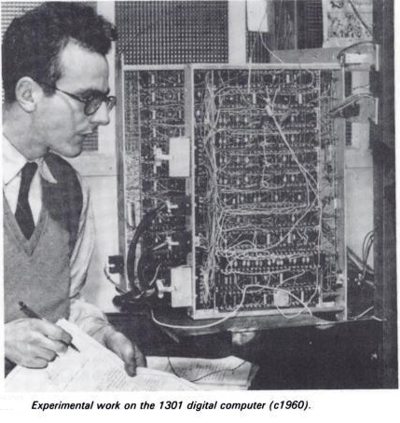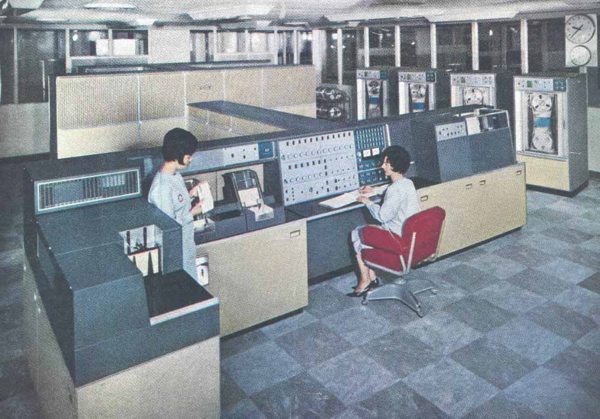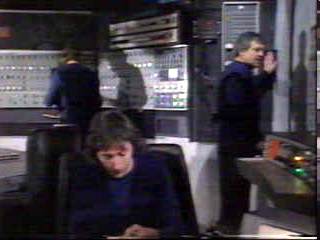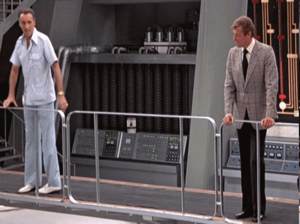| ICT 1301 - A 1960's Computer |
| Written by Sue Gee | |||
Page 1 of 2 Flossie is the nickname given to a historic ICT 1301 computer that has been rescued from the scrap heap for the third time in its 50-year history. It has been donated to The National Museum of Computing, located at Bletchley Park, where it will go on display when space permits and when, and if, the project is ever completed. Flossie was built in 1962 and was the first of more than 150 ICT 1301s that were delivered for use in commercial and public organisations in the UK, Europe and the Commonwealth. For the past decade it has undergone painstaking restoration work, the eventual aim of which is to recover software locked up in 1300 format on 100,000 punched cards and 27 reels of ten-track magnetic tape. The ICT 1301
Example of an ICT 1301 installation. Located in the Toitū Otago Settlers Museum, Dunedin, New Zealand. Source Robocomm. (click image to enlarge)
The ICT 1301 can trace its roots to research undertaken jointly British Tabulating Machine Company and GEC (General Electric Company) to establish the designs of "advanced types of computer". The 1301, which was the first ICT machine to use core memory, was envisaged as a mid-priced business machine and to prove the design it was decided to construct trial equipment including of the arithmetic and control units. The test program for this consisted of 16 sections corresponding to different types of operation one of which was arithmetic in mixed base 20/12 capable of handling sterling currency in pounds, shillings and pence. In case you didn't know, the UK currency of the time used 12 pence to one shilling and 20 shillings to a pound - hence the mixed base 12 and base 20 arithmetic even though it was all done in decimal. For example, add £1 19s 10d to £0 10s 6d gives £2 10s 4d. Today such mixed base arithmetic would be done in software but then it was so important that hardware implementation gave a much needed speed increase.
A typical 1301 consumed about 13kVA of three-phase electric power, ran at a clock speed of 1 MHz and had the equivalent of 12 kilobytes of RAM. The electronics comprised over 4,000 printed circuit boards each with many germanium diodes (mainly OA5), germanium transistors (mainly Mullard GET872), resistors, capacitors, inductors, and a handful of thermionic valves and a few dozen relays operated when buttons were pressed. Weighing over 5 tons it required around 700 square feet (65 square meters) of floor space as indicated in this photo from its promotional literature:
The parts of the 1301 shown here are (from left to right): Card Punch; Card reader; Control Panel; Line Printer; Ampex 1" Magnetic Tape Drives. The Central Processor, Drum Memory, and Core Memory are behind the front cabinet.
Starring Role
The ICT 1301 also epitomized the popular idea of a computer and made appearances on TV in numerous episodes of the BBC's Doctor Who and Blake’s 7 and featured as a prop in the 1974 James Bond film The Man With The Golden Gun.
|
|||
| Last Updated ( Friday, 04 February 2022 ) |
